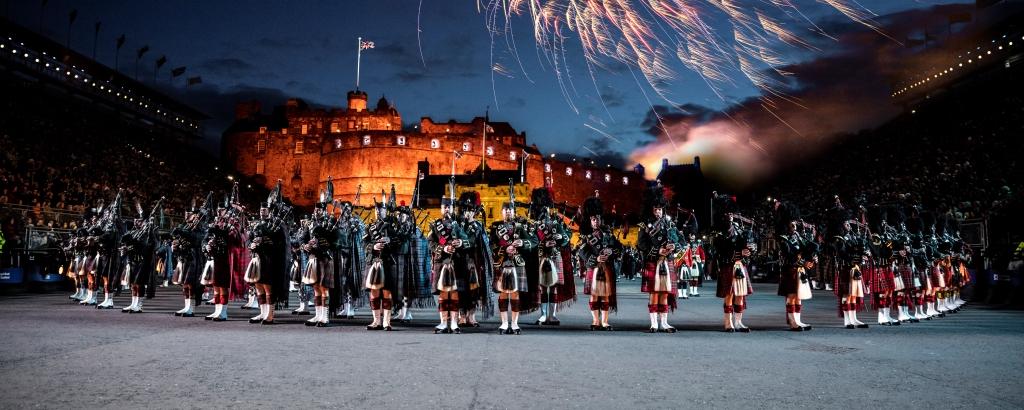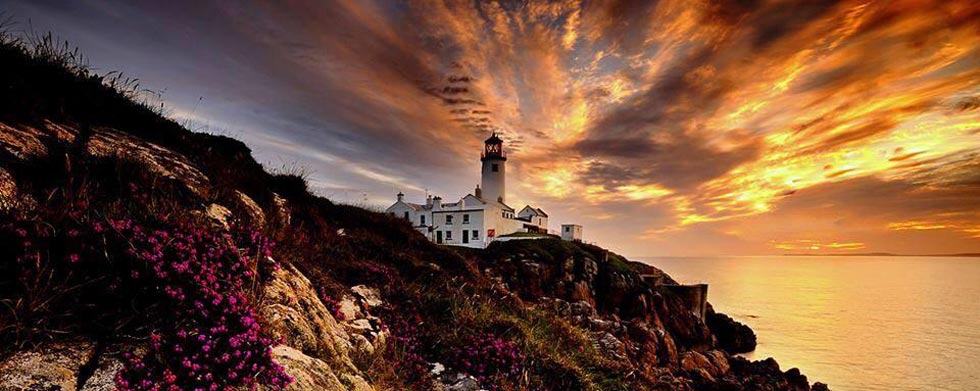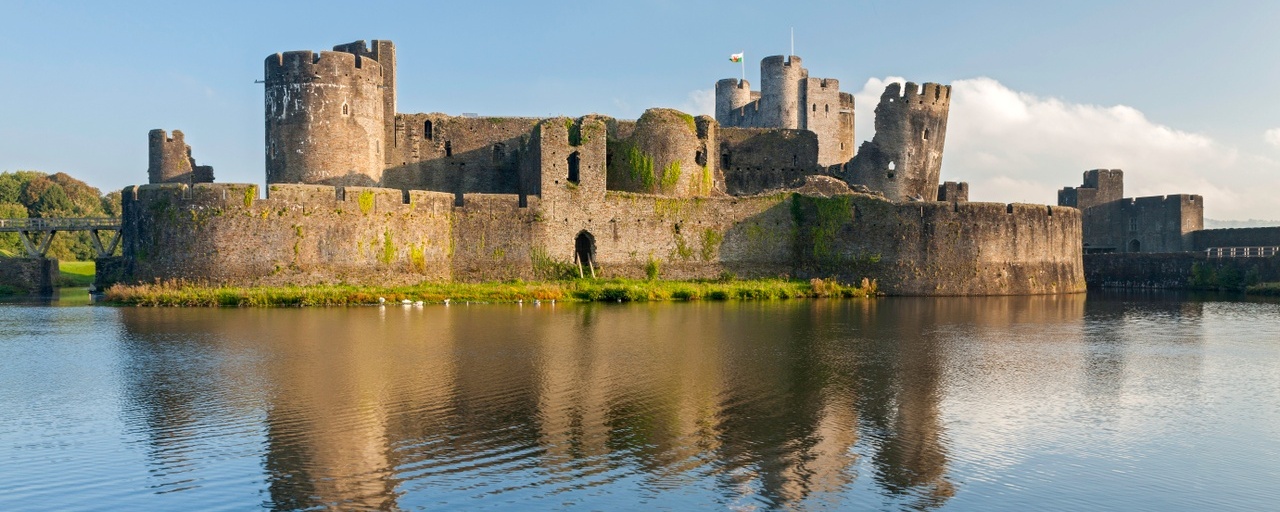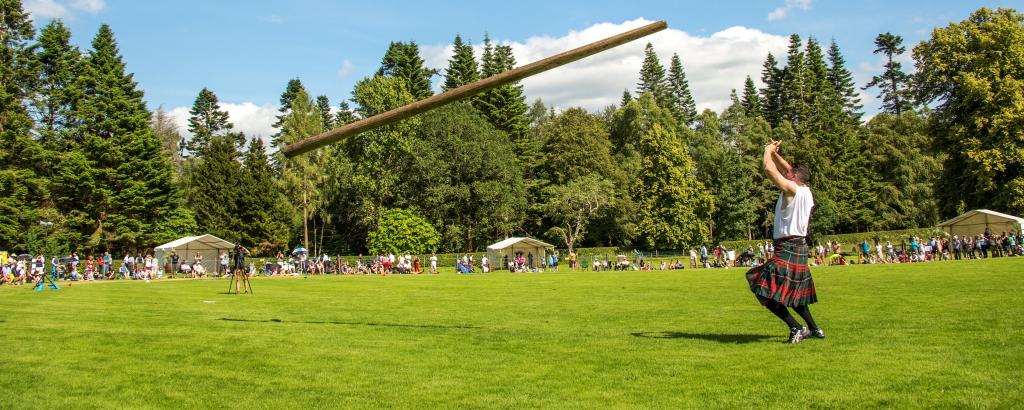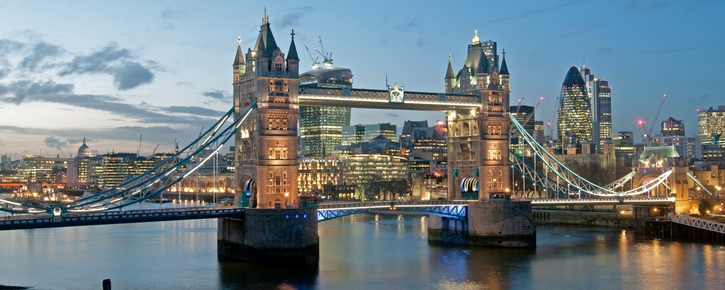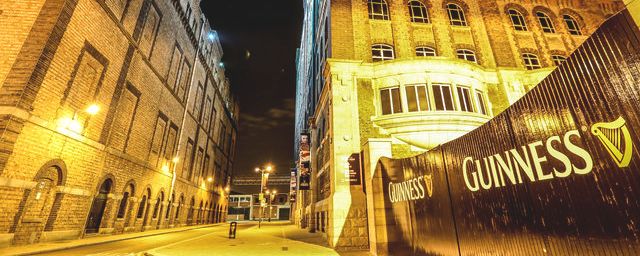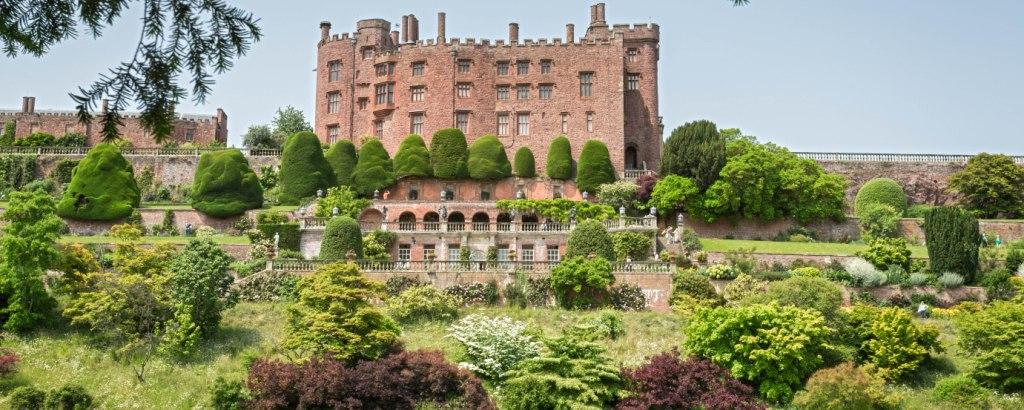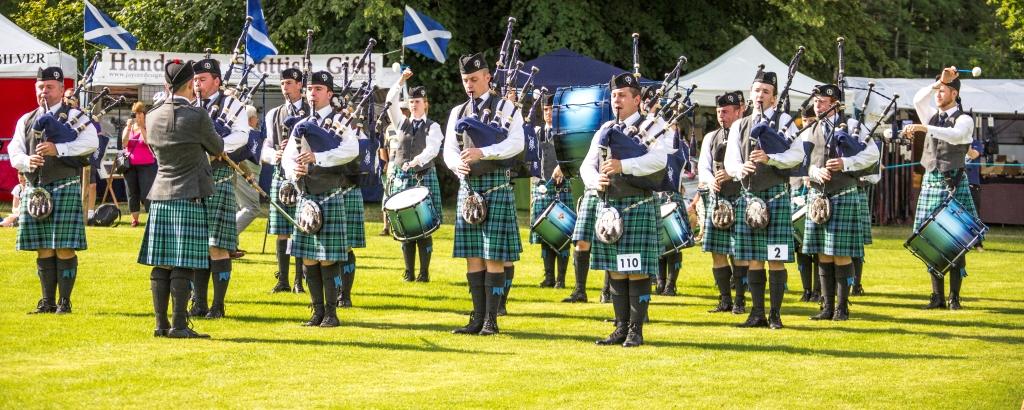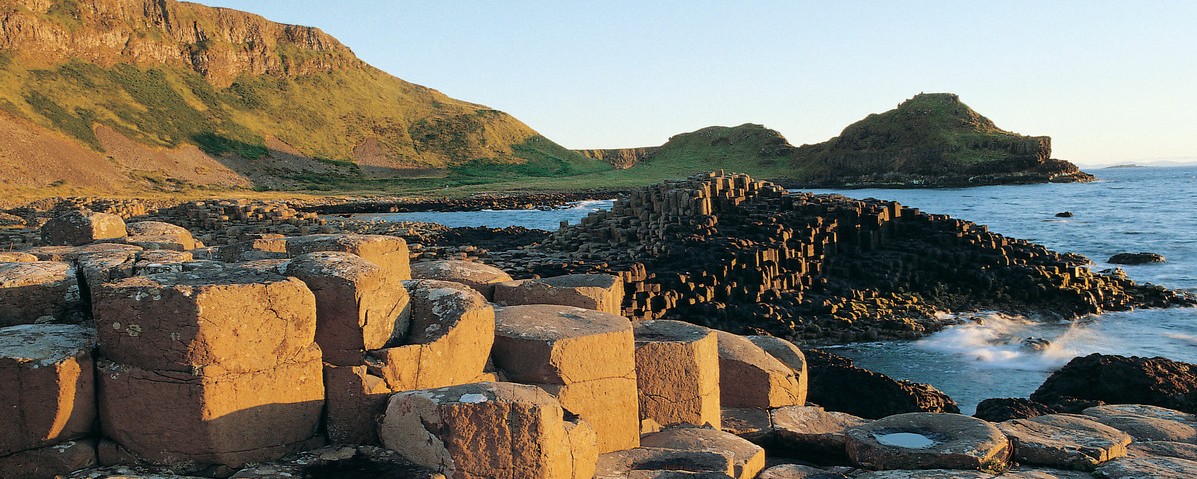Conservation of rare State Bed cover reveals patchwork of hidden details
A rare cover from a 300-year-old bed has gone on public display at the National Trust’s Erddig Hall and Garden in Wrexham following conservation and research which has revealed previously unknown details about its history, make-up and the early 20th century wartime needlework that saved it from ruin.
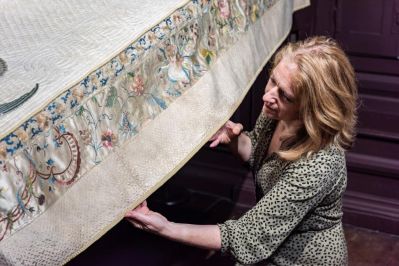 Erddig Property Curator Susanne Gronnow examines the bed cover
Erddig Property Curator Susanne Gronnow examines the bed cover
The bed cover, or coverlet, and matching Chinese embroidered hangings were commissioned for Erddig in 1720 by then owner John Meller for the property’s Best Bed in the Best Bed Chamber – a room used to accommodate the family’s most distinguished guests. It became known as the State Bed and State Bedroom in the 19th century.
Erddig is an incredibly well preserved country house, garden and estate, just two miles from the centre of Wrexham in north east Wales, which was built in the 18th century and which tells the story of a wealthy family and their servants.
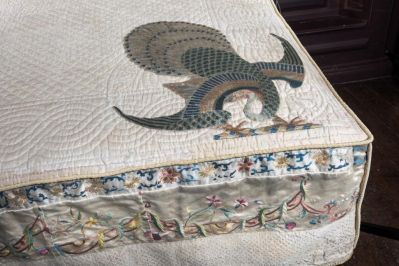 Peacocks on the Erddig State Bed cover
Peacocks on the Erddig State Bed cover
Delicately embroidered with peacocks in the four corners and intricate flowers along its edging, the bed cover was, until recently, thought to have been made entirely from imported Chinese silk - matching the State Bed’s curtains that feature Chinese figures, pagodas, birds and flowers.
Now, 689 hours of vital conservation work at the National Trust Textile Conservation Studio – generously funded by The Royal Oak Foundation – has revealed that the treasured bed cover is actually made up of textiles and embroidery techniques from around the world, including Welsh and other British fabrics.
 Erddig's State bed cover detail
Erddig's State bed cover detail
Volunteer research has discovered that the coverlet’s intriguing make-up is a result of careful repair work led by Erddig’s Louisa Yorke, wife of Philip Yorke II, just after the First World War. The couple worked hard to preserve the house and its contents as household spending fell by more than a half and the number of servants at Erddig reduced.
Mrs Yorke spent her time patching and darning the deteriorating bedding using material thought to have been found around the home. Conservators found that material similar to petticoat quilting had been neatly stitched along the sides, in a very skilled example of ‘make do and mend’.
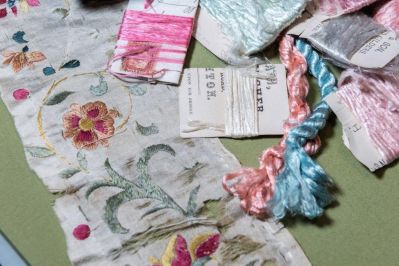 Sewing materials found in Louisa Yorke's work bag
Sewing materials found in Louisa Yorke's work bag
Conservators also uncovered gorgeous sections of highly-coloured 18th-century British embroidery along the edging of the coverlet. Depicting bright, intricate flowers and grapes, the sections had been patched over during conservation work in the late 1960s and not seen since.
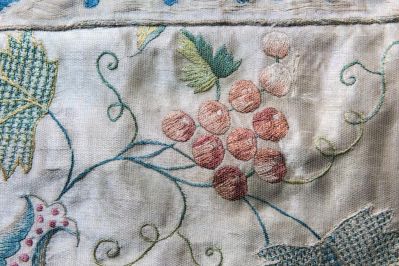 Grapes and flowers embroidered on the State Bed at Erddig
Grapes and flowers embroidered on the State Bed at Erddig
Jane Smith, senior textile conservator at the National Trust Conservation Studio, said she had been privileged to work on the bedcover. “The failing 1960s treatment has been reversed, original silk has been supported onto new, dyed silk and fine conservation net is now protecting the fragile fabrics. The peacocks were removed enabling the quilt to be washed, revealing the unfaded colours on the reverse and giving an indication of how vibrant the bed used to be. Unfortunately, the gold-coloured braid along the edges was too damaged to conserve so a new braid was made, replicating the original.
“To reveal the British embroidery was an exciting moment as it hadn’t been seen since it was covered over in the 1960s. It had been pieced together without any regard to pattern matching suggesting that much of the fabric was damaged with only some of the fabric being saved and reused. Adding these pieces of embroidery to a Welsh whole cloth quilt created a unique textile, bringing together Chinese, British and Welsh high-quality workmanship."
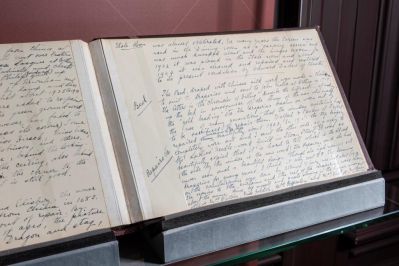 Louisa Yorke's journal where she recorded her efforts to save the bed cover
Louisa Yorke's journal where she recorded her efforts to save the bed cover
Visitors to Erddig now have the chance to see the bed cover’s exquisite detail up close for the first time as part of a new display in the Print Room. Mrs Yorke’s journal, alongside fragments of material, including patches of flowers and butterflies found in her workbag, will also form part of the display.
Susanne Gronnow, Erddig’s property curator, said: “This is a unique opportunity for visitors to see the beauty of the bedcover up close, as it has never been displayed before. The discovery of some ‘new’ embroidery, hidden for over 50 years, means visitors can now see the bedcover exactly as the last Mrs Yorke would have known it.
“Thankfully, Mrs Yorke recognised the historical significance of the state bed. Her mend and repair approach helped preserve the bed-hangings for future generations. Without the dedication of Mrs Yorke and her friends over a century ago, this important bed would not have survived for us to see today.”
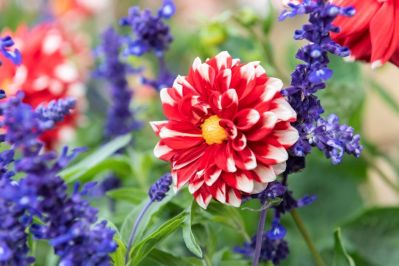 Salvias and dahlias in the garden at Erddig reflect the colours of the State Bed embroidery
Salvias and dahlias in the garden at Erddig reflect the colours of the State Bed embroidery
If you or your group would like to enjoy a visit to Erddig near Wrexham on a tailor-made tour of Wales, please do contact our friendly team. Or perhaps you would like to enjoy a dedicated Quilting and Patchwork Tour exploring the fascinating history of these traditional textile techniques in the UK and Ireland – if so, we can help!
All photos © National Trust / Paul Harris.
